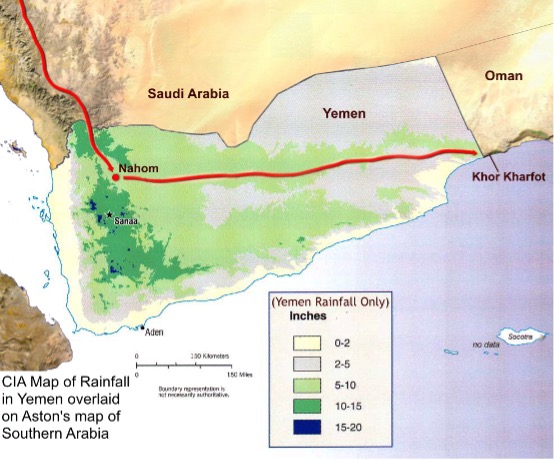Wish I could be in Provo Saturday for an interesting event on some of the complex and controversial aspects of the English language in the Book of Mormon text, especially the original text. The event is “Exploring the Complexities in the English Language of the Book of Mormon,”
sponsored by BYU Studies and the Interpreter Foundation.
By the way, if you think it’s valuable to have this kind of discussion and enjoy the insights coming from the Interpreter Foundation, why not make a donation to keep their work moving along?
Here is the program, quoting from the announcement at MormonInterpreter.com:
On Saturday, March 14, 2015, a conference will be held in 251 Tanner Building on the BYU Campus in Provo, Utah,
to report and discuss the latest investigations into a wide range of
linguistic elements in the Book of Mormon, including expressions that do
not appear to have been in use in the nineteenth century. As a result
of twenty-seven years of investigations by Royal Skousen into the
original English-language text of the Book of Mormon, these curiously
archaic expressions have raised fascinating questions and discussions
regarding the origins of this wondrous scripture.
The program will run from 9:00 a.m. to 1:00 p.m. The public is invited and admission is free.
The conference will be filmed, and videos of the presentations will be made available online in the weeks following.
This conference is sponsored by BYU Studies and the Interpreter Foundation.
9 a.m.
Welcome by Daniel C. Peterson, Professor of Arabic and Islamic Studies, BYU; and President of the Interpreter Foundation
9:15 a.m.
Stanford Carmack, JD, Stanford University; PhD,
University of California at Santa Barbara (historical syntax);
independent scholar
Exploding the Myth of Unruly Book of Mormon Grammar: A Look at the Excellent Match with Early Modern English
The grammar of the Book of Mormon has been
naively criticized since its publication in 1830. The supposedly bad
grammar is a match with language found in the Early Modern English
textual record. Syntactic usage, especially past tense with did and the command
construction, points only to that era. Book of Mormon language exhibits
well-formed variation typical of the 16th and 17th centuries.
10 a.m.
Jan J. Martin, Assistant Visiting Professor of Ancient Scripture, BYU
Charity, Priest, and Church versus Love, Elder, and Congregation: The Book of Mormon’s connection to the debate between William Tyndale and Thomas More
Thomas More and William Tyndale
were staunch opponents but they did agree on two things: (1) that
language and theology were inseparable, and (2) that errors of language
could lead to serious errors in theology. These two commonalities fueled
their famous debate about Tyndale’s translation of the Greek words
presbuteros, ekklēsia, and agapē into English as elder, congregation,
and love. Though three centuries separate the Book of Mormon from More
and Tyndale, that gap will be closed as the Book of Mormon’s use of
charity/love, priest/elder, and congregation/church are analyzed within a
sixteenth-century context.
10:45 a.m. 15-minute break
11:00 a.m.
Nick Frederick, Assistant Professor of Ancient Scripture, BYU
“Full of grace, mercy, and truth”: Exploring the Complexities of the Presence of the New Testament within the Book of Mormon
While it has often been observed that the
language of the New Testament plays a key role in the English text of
the Book of Mormon, how the New Testament appears in the Book of Mormon
has not been thoroughly explored. This presentation will offer some
preliminary suggestions on how we can adequately identify New Testament
passages within the Book of Mormon, as well as examining the variety of
ways the New Testament text is woven throughout the pages of the Book of
Mormon.
11:45 a.m.
Royal Skousen, Professor of Linguistics and
English Language, BYU; and editor of the Book of Mormon critical text
project, 1988 – present
“A theory! A theory! We have already got a theory, and there cannot be any more theories!”
Three common views regarding the
translation of the Book of Mormon, still held by some, can be summarized
as follows: (1) as Joseph Smith translated, ideas came to his mind and
he expressed those ideas in his own language and phraseology; (2) as a
result, the original English language of the Book of Mormon is based on
Joseph’s upstate New York dialect, intermixed with his own style of
biblical English; and (3) the Book of Mormon deals with the religious
and political issues of Joseph’s own time. In this paper I will draw
upon the work of the Book of Mormon critical text project to argue that
all of these views are essentially misguided and are based on a firm
determination to hold to preconceived notions, no matter what the
evidence.
12:45 p.m.
Concluding remarks by John W. Welch, Robert K. Thomas University Professor of Law, BYU; and Editor in Chief, BYU Studies








